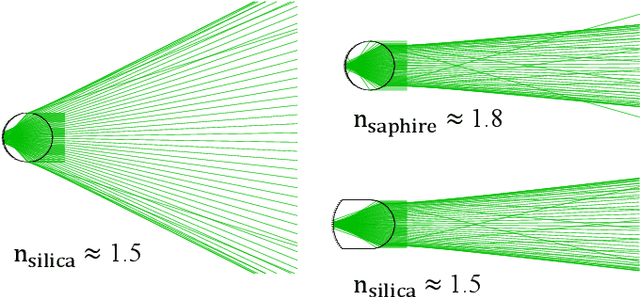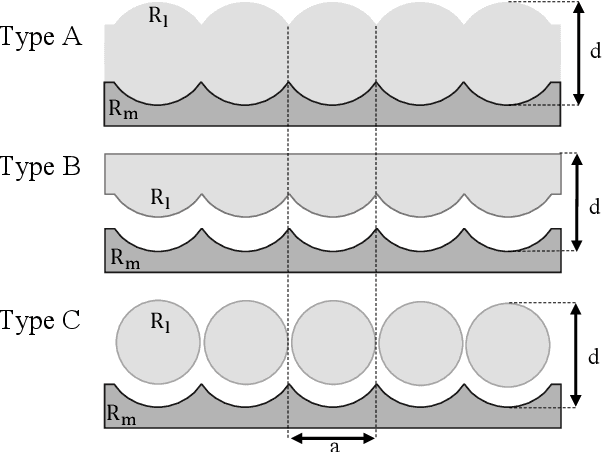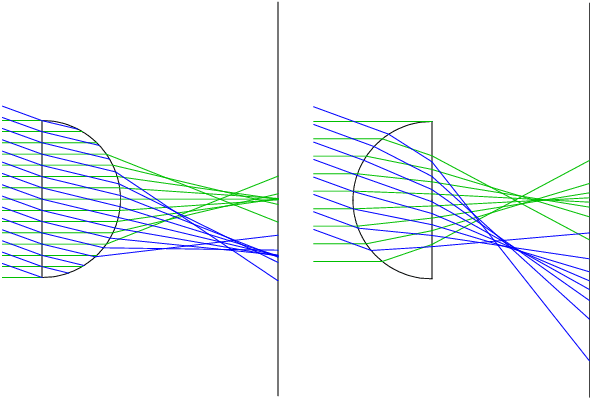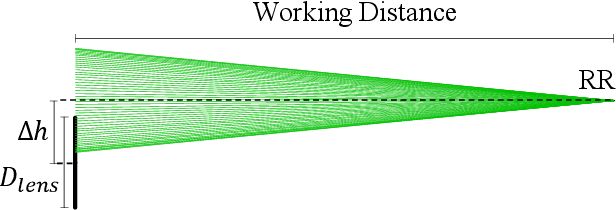Emilio Ruiz Morales
Design and manufacturing of an optimized retro reflective marker for photogrammetric pose estimation in ITER
May 11, 2022



Abstract:Retro reflective markers can remarkably aid photogrammetry tasks in challenging visual environments. They have been demonstrated to be key enablers of pose estimation for remote handling in ITER. However, the strict requirements of the ITER environment have previously markedly constrained the design of such elements and limited their performance. In this work, we identify several retro reflector designs based on the cat's eye principle that are applicable to the ITER usecase and propose a methodology for optimizing their performance. We circumvent some of the environmental constraints by changing the curvature radius and distance to the reflective surface. We model, manufacture and test a marker that fulfils all the application requirements while achieving a gain of around 100\% in performance over the previous solution in the targeted working range.
 Add to Chrome
Add to Chrome Add to Firefox
Add to Firefox Add to Edge
Add to Edge